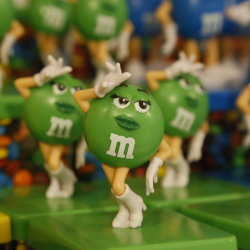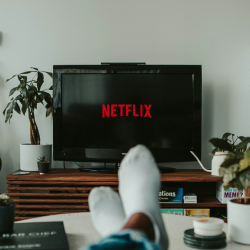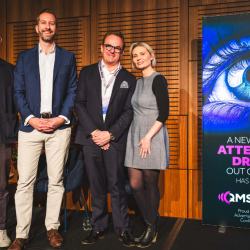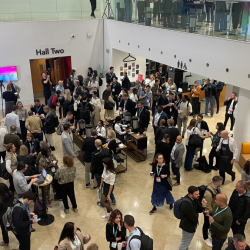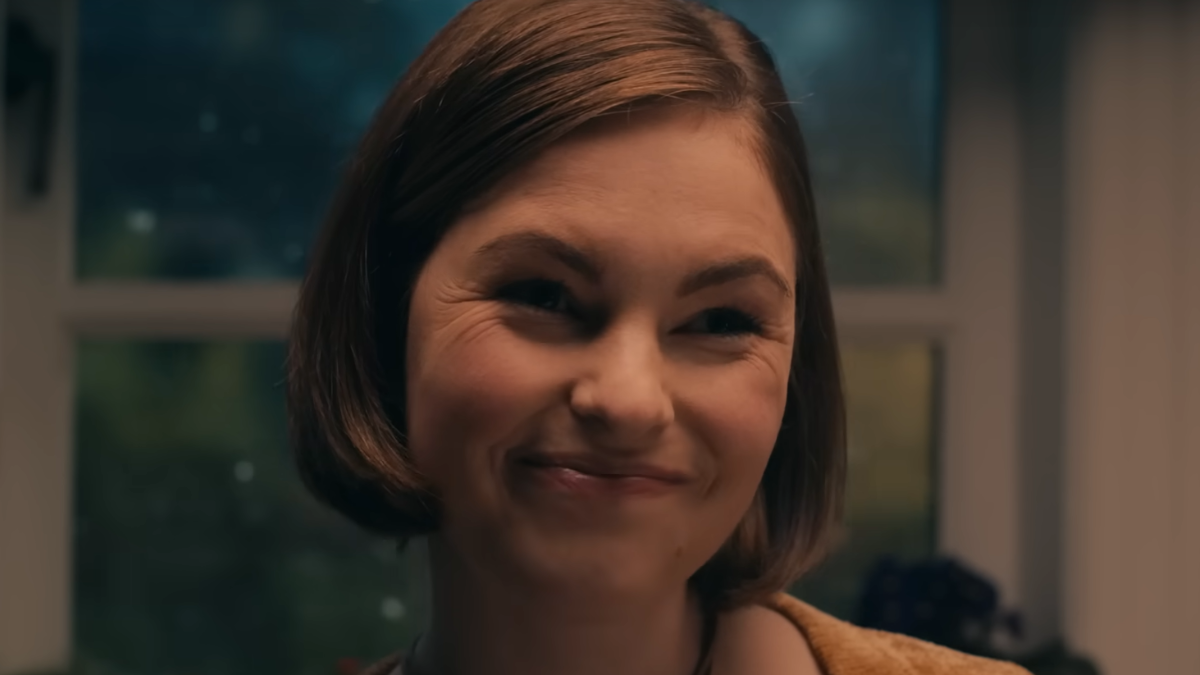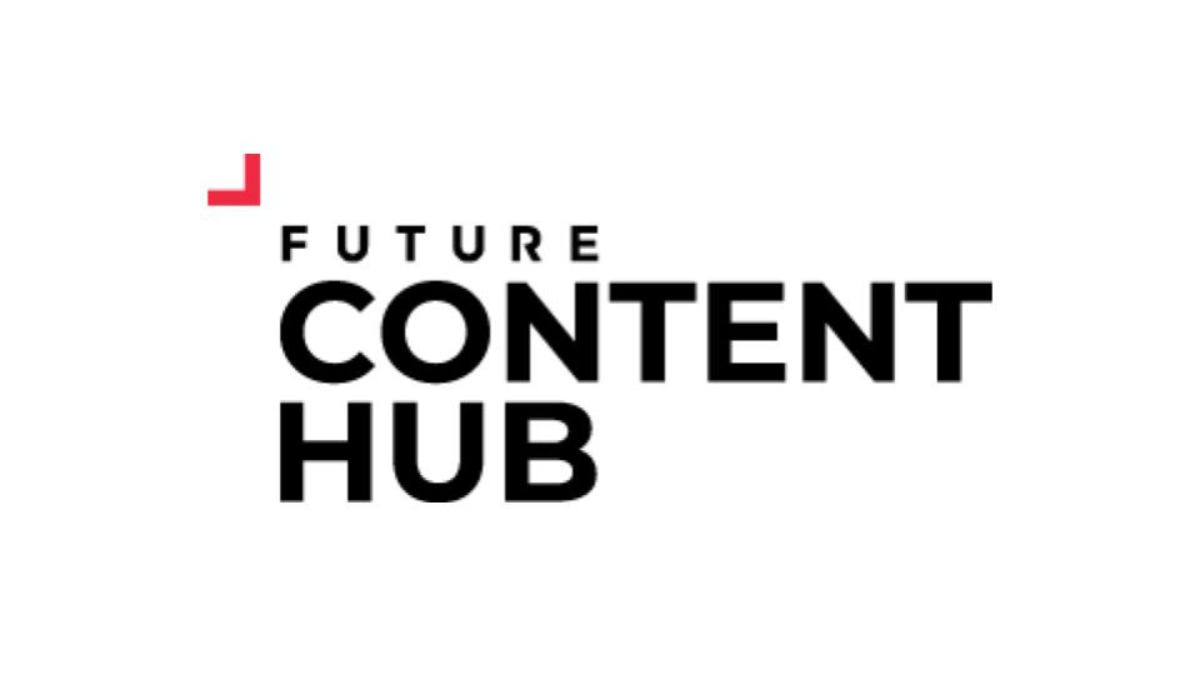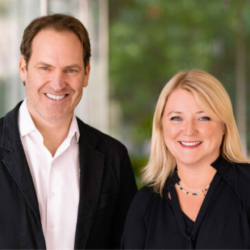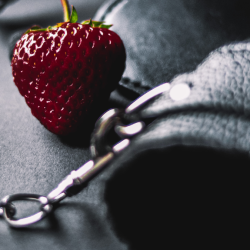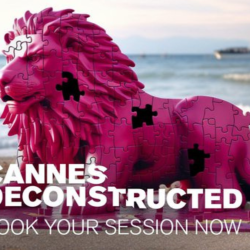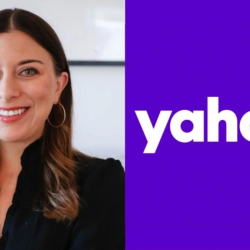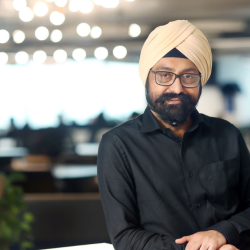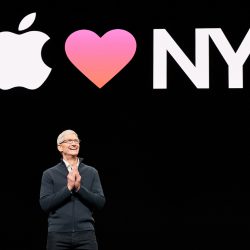The new wave of digitally savvy, always-on, content and technology-led brands has shaken up many markets from bookselling, to opticians, to villa letting to the music industry. They have disrupted the old order of things.
Brands like Amazon, Warby Parker, Airbnb and Spotify have done things differently — focusing on performance marketing, emphasising functional benefits and in some cases making the CMO report to the Chief Consumer Officer or the Chief Growth Officer. But actually they haven’t changed everything, far from it. For me, they are merely further reincarnations of what went before. Their marketing heroes and sources of inspiration might be new too, including Steve Jobs, Mark Zuckerberg and numerous TED talks but they aren’t the next generation of Walt Disney, Sir Richard Branson or taken from numerous marketing textbooks.
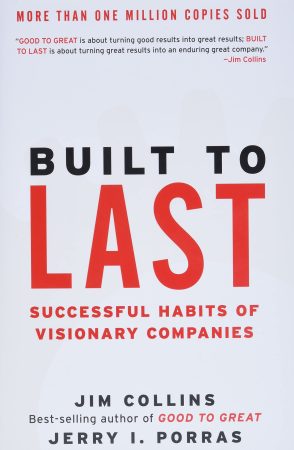
I am clearly old school (or is it that old skool?) as I’m drawn back to one of those older textbooks; Built To Last by Jerry Porras and Jim Collins. One of the principles they drew out from their analysis of what it takes to be a visionary company was “Preserve the core while stimulating change” and for me that is what is really going on.
What these next generation of brands are doing is preserving much of classical marketing theory and practice, but changing and evolving it for a new era.
What they are offering, the innovations they have delivered still fit the traditional innovation mantra that to succeed you need to be either “Cheaper, better or different”. ‘Better’ for many of these new brands means more convenient, seamless and in particular faster. For others ‘cheaper’ has been a crucial success factor, think Amazon, Warby Parker and Uber. Some are better and cheaper.
The focus on functional benefits would appear to many marketing historians to be the pendulum swinging back to the 1950s and the days of the USP. Though interestingly those USP brands of the ’50s evolved with more emotionally-led positioning. Interestingly a number of new brands are now investing in more emotionally led brand building.
Influencer marketing is new, isn’t it?
Well, maybe not. In reality isn’t it nothing more than a newer version of celebratory marketing? It is just the medium and the speed at which it is accessed that has changed.
The bold hugely ambiguous targets of the next generation of brands, whether that’s Amazon’s early aim to “Get Big Fast” and its linked objective to be more than a retailer of consumer products, but to be a technology company whose business would be the simplification of online transactions for consumers, or Lick’s drive to be the largest brand in the $1trillon global home decor category within three to five years are modern day versions of something else Porras and Collins identified — The BHAG — The Big Hairy Audacious Goal.
Often part of these BHAGs is the willingness of new brands to expand rapidly and cross into adjacent or new categories. Amazon’s move from books into more and more categories and then its diversification into devices is a ‘classical’ example, but again this isn’t new. If you look at Disney’s growth you’ll see that in 1955 it made the leap from movies to ‘magic kingdoms’ with the opening of Disneyland; a completely different sector and a completely different business model.
Much has been made of modern online brands’ ability to ‘pivot’, to significantly change direction. ASOS’s first offer was for a standard lamp that appeared in one of the apartments in Friends (As Seen On-Screen) before focusing on fashion. Netflix is another oft quoted example. It started life as a service that delivered DVDs to your mailbox but it saw the writing on the wall and so added a streaming service which become its strategic focus.
It again has been done before — IBM shifted from its position as a personal computing giant to providing IT consulting services. Wall’s move away from just sausages and bacon, to making ice cream are other great pivots.
So looking forward at the beginning of a new year I’m as keen as ever to stimulate change but won’t ever forget the benefits of preserving the core.
Featured image: Lick UK
